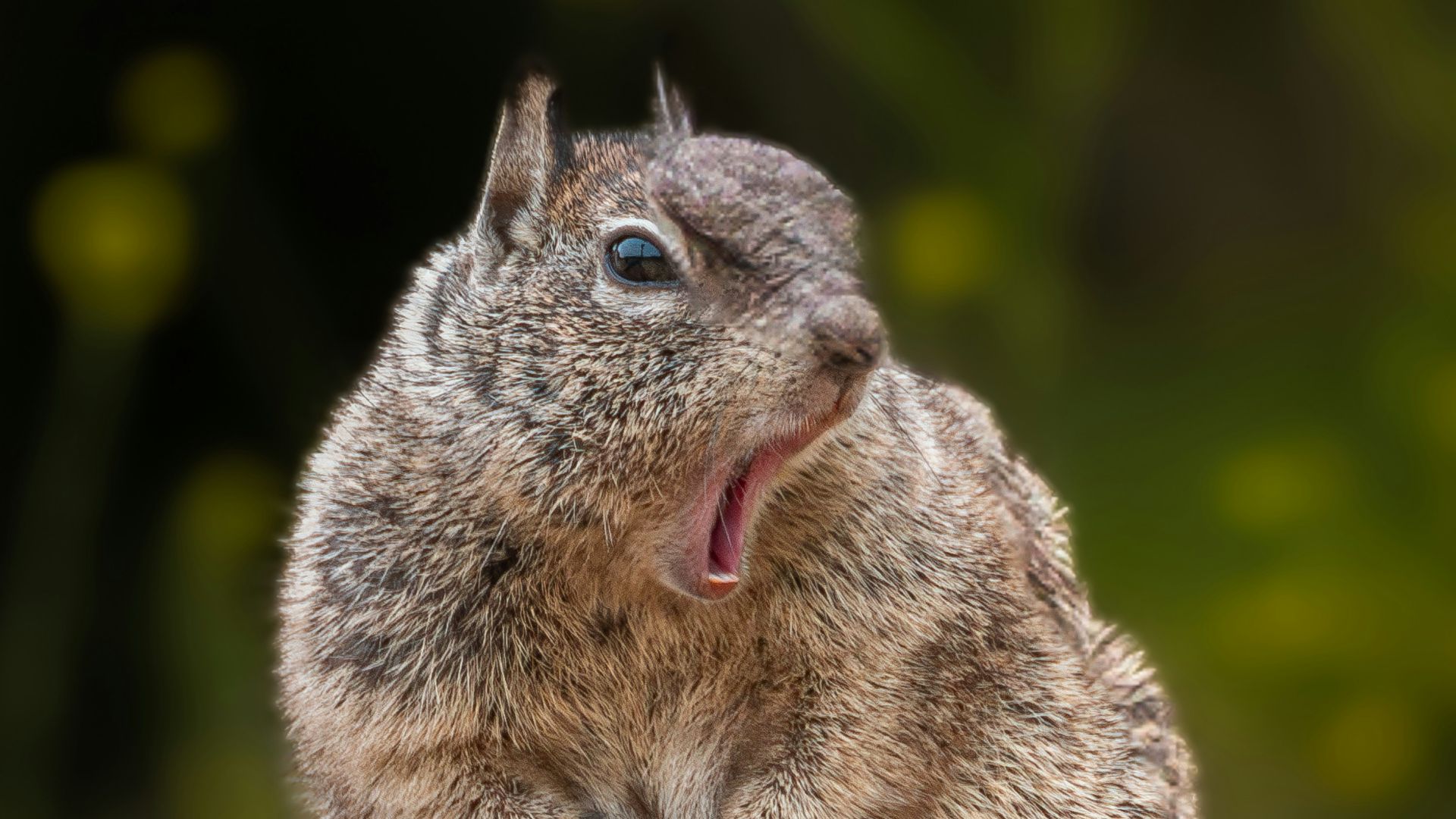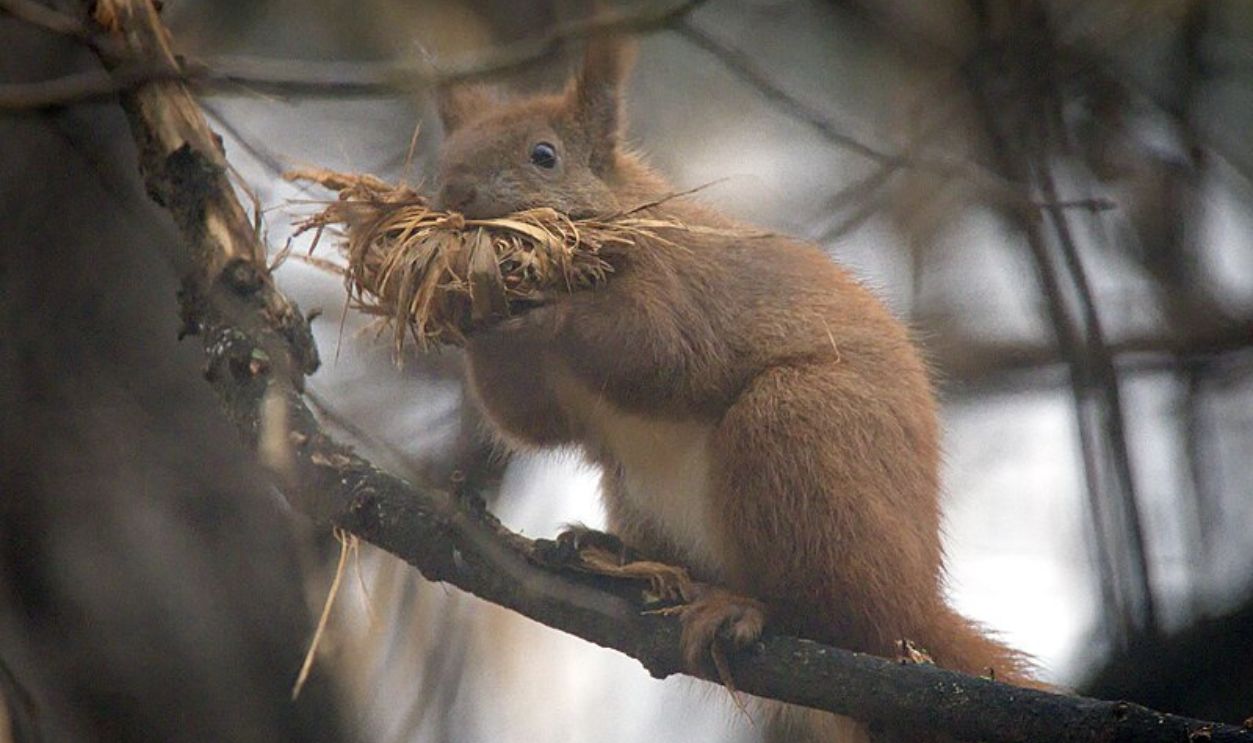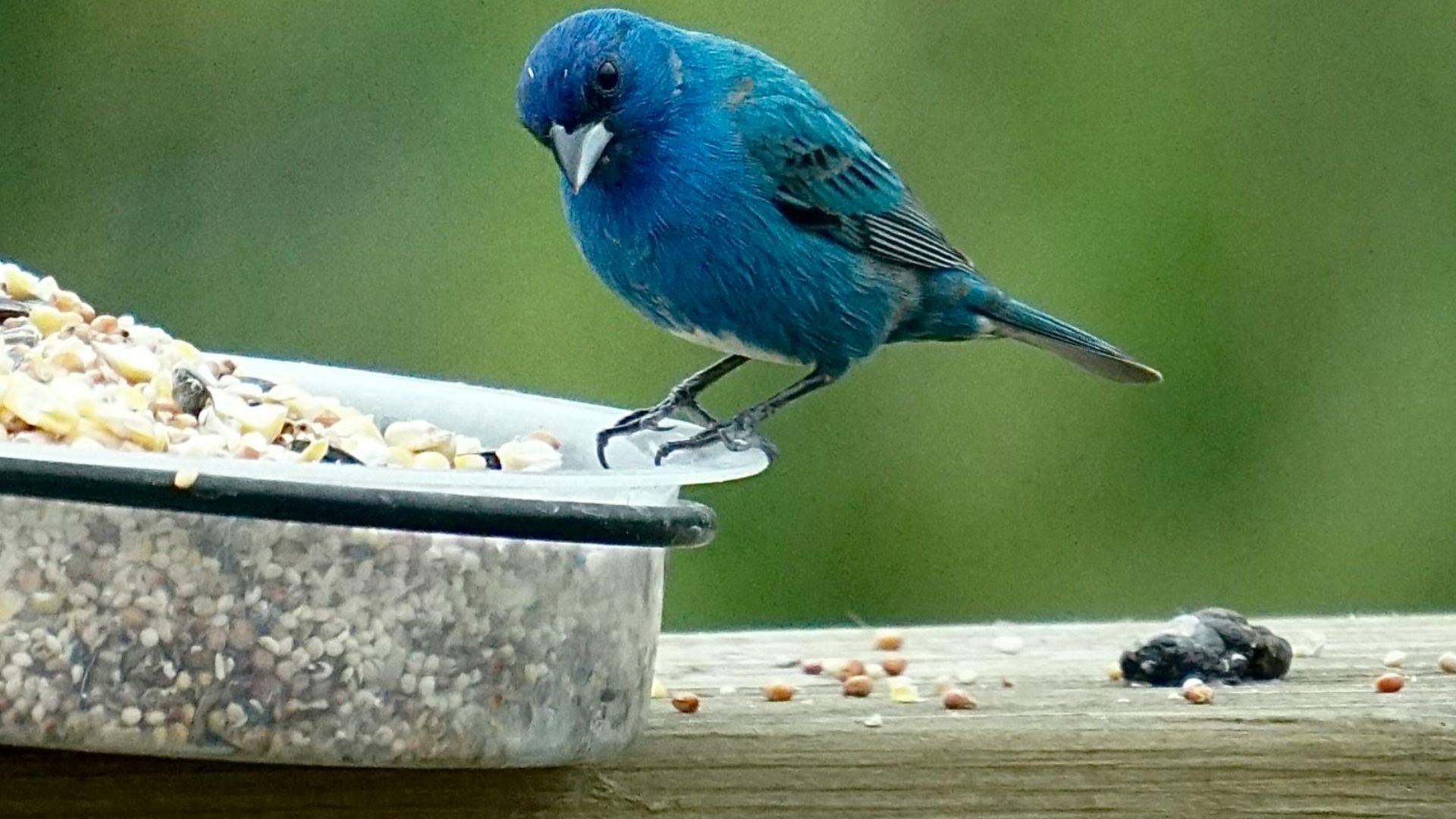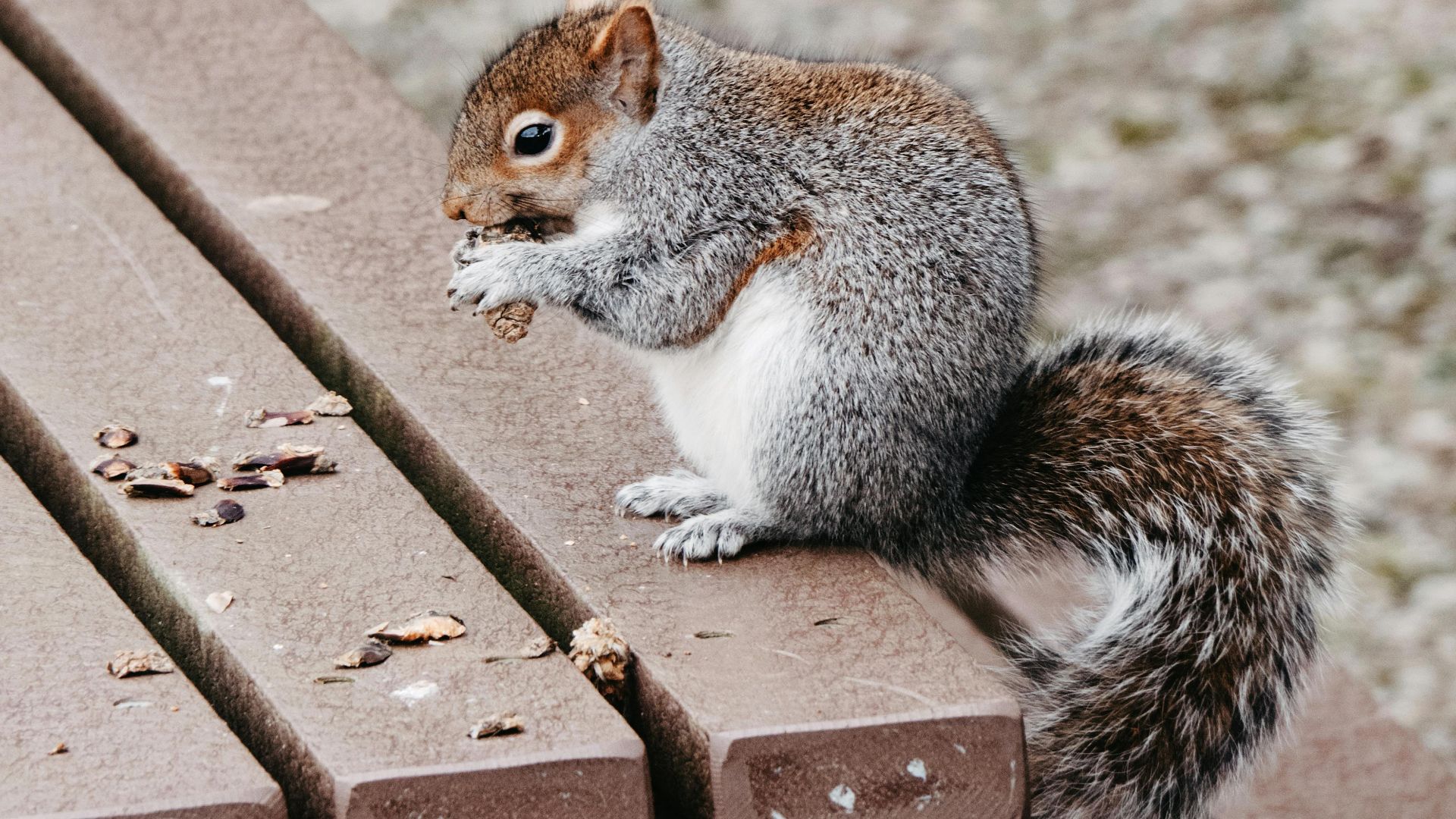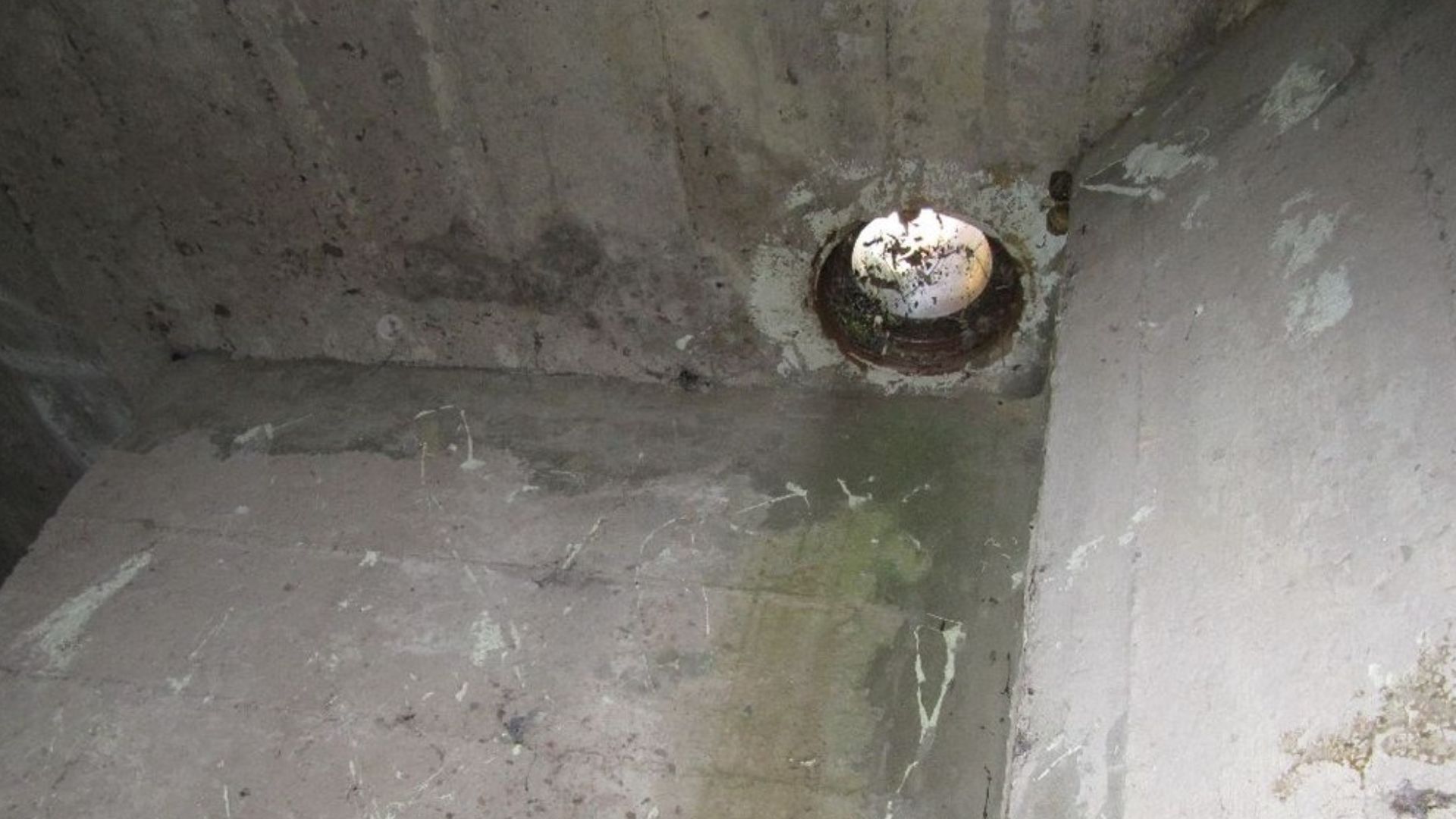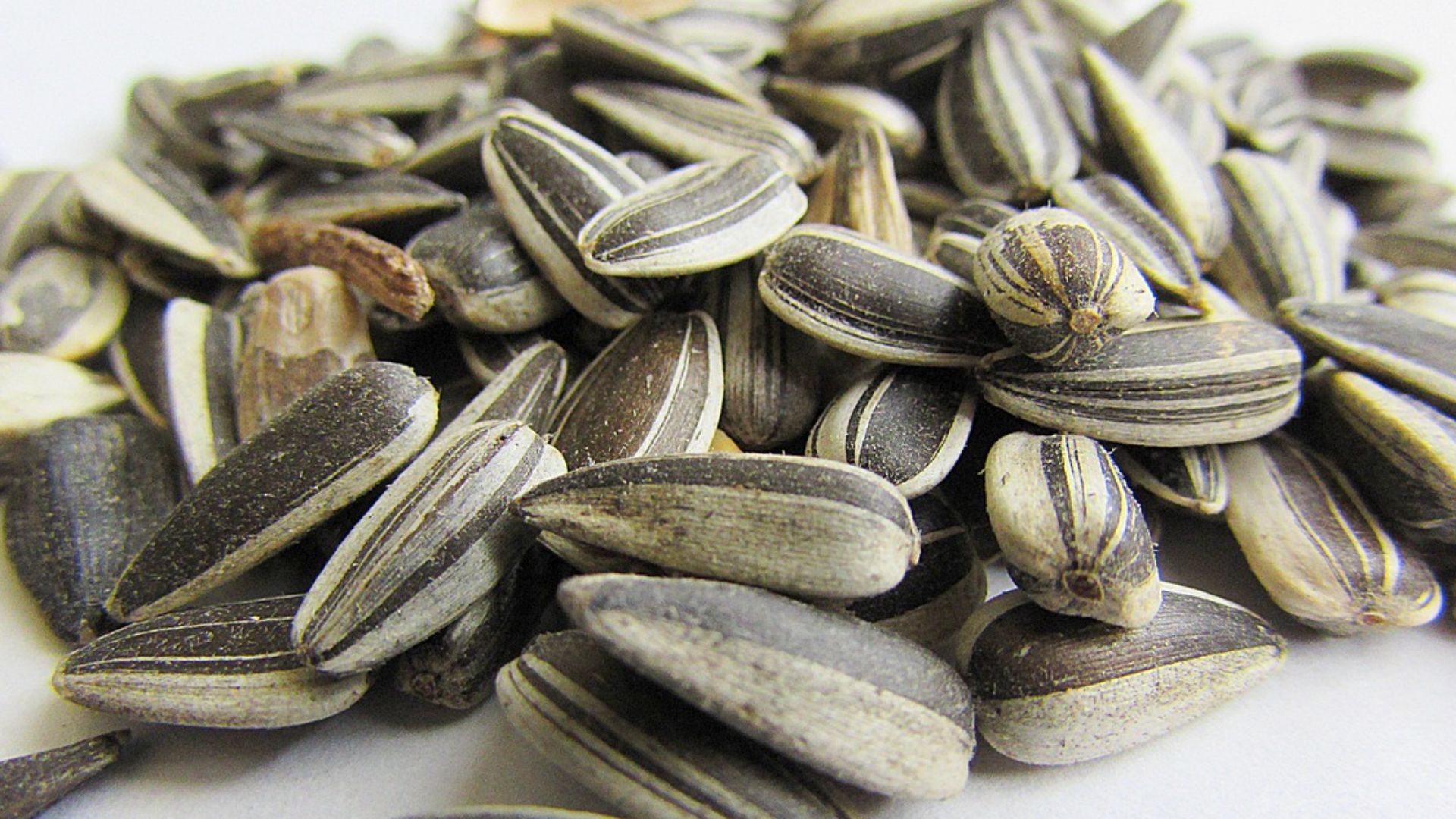When Squirrels Make Themselves at Home
Squirrels might seem cute and harmless in the yard, but sometimes they get a little too comfortable—especially when they eventually make their way into your house. These furry visitors can bring unexpected surprises to your home, quickly turning what seems like a small problem into a big headache. Luckily, spotting the signs early can save you plenty of trouble down the line, so here are 10 signs you may have squirrels in the house.
1. Mysterious Gnaw Marks on Wires and Wood
Did you know squirrels’ teeth grow about six inches a year? That’s why they’re always chewing—and not just on nuts. If you start noticing bite marks on your wires or beams, it’s not random. Squirrels might be trying to keep their teeth in check, and the damage they leave behind is no joke.
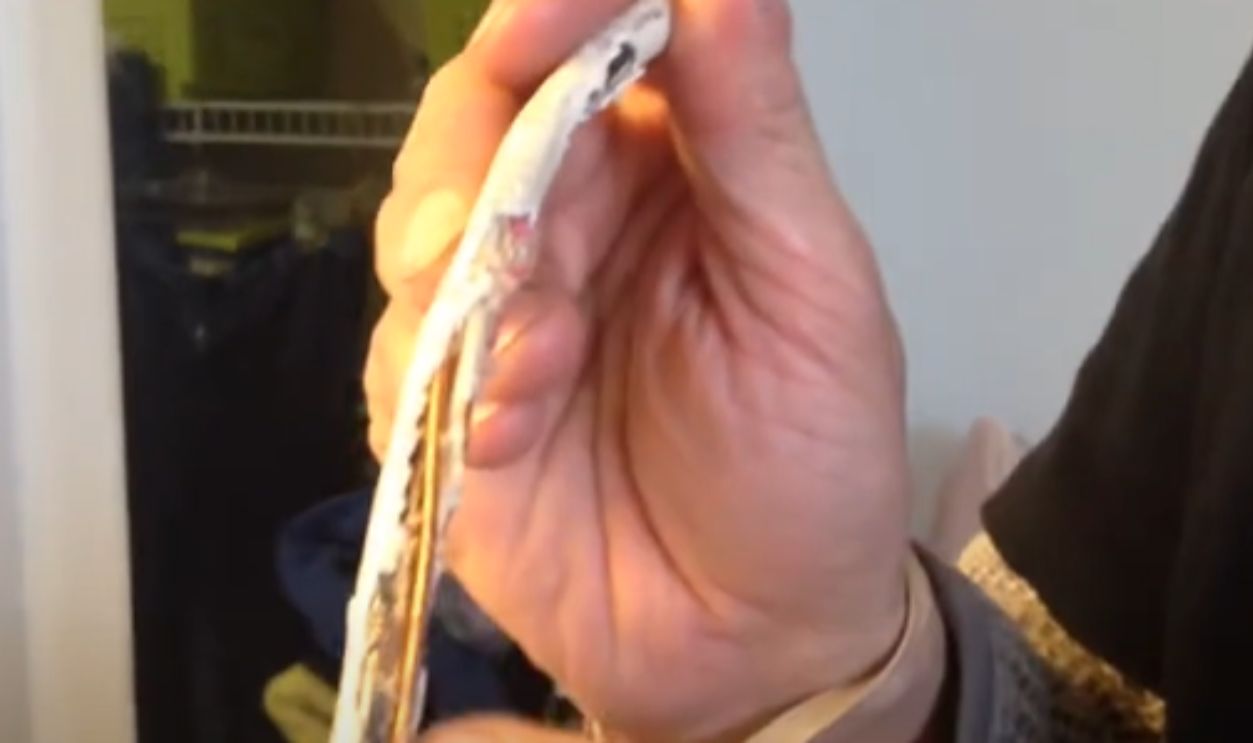 Romex Wires Chewed By Squirrel In Attic, But Arc Fault Breaker Didn't Trip by Peterson Electric
Romex Wires Chewed By Squirrel In Attic, But Arc Fault Breaker Didn't Trip by Peterson Electric
2. Strange Rustling Sounds in the Attic
If you’re hearing scratching or scurrying above you during the day, it’s probably squirrels moving in the attic. Since most breeds are active during daylight hours, those sounds are a big giveaway. Ignore them, and those rodents will claim your attic as their playground, complete with nests and chewed-up tunnels.
3. Foul Odors From Hidden Nesting Areas
Noticing a strange, unpleasant odor in your home could mean squirrels have moved in. Their nests bring more than just noise—they leave behind droppings, urine, and sometimes even a forgotten squirrel. Hence, that musky stench hanging in the air is a sign it’s time to take action before things get worse.
4. Piles of Chewed-Up Insulation or Nesting Material
Torn-up insulation or leaves in your attic mean squirrels are crafting a luxury suite. Female squirrels build nests twice yearly, once in spring and once in fall. Spot such messy piles early, or a full-blown squirrel nursery could take over your attic before you know it.
5. Unexplained Damage to Garden Plants
Squirrels don’t just cause trouble indoors; they’re known to wreak havoc in gardens, too. If you’ve noticed partially eaten fruits, dug-up bulbs, or trampled plants, squirrels might be the culprits. Their habit of burying and unearthing food often leaves behind damage that can disrupt even the most well-tended garden.
6. Missing or Scattered Birdseed Around Feeders
Have you noticed your bird feeder running out of seeds far too quickly? Squirrels are opportunistic feeders, and your bird feeder is a five-star buffet in their eyes. They’ll often raid it for seeds and stash their loot in hidden places, sometimes inside your home.
7. Teeth Marks on Outdoor Furniture or Decking
Squirrels don’t limit their chewing habits to indoors. Their ever-growing teeth compel them to gnaw to keep their incisors sharp and manageable. So, those chew marks are more than an outdoor nuisance; the marks could signal that squirrels are testing materials or nearby entry points.
8. Holes in Roof or Attic Vent Screens
Small holes in your roof or chewed sections in soffits are clear signs squirrels have either already broken in or are trying to. Squirrels can tear through such roof barriers using their claws and teeth. Just pay attention to unusual wear and tear on your roofline. If you suspect squirrel mischief, fix it immediately.
9. Stashes of Nuts and Seeds in Odd Places
Finding a handful of acorns under your couch or a pile of sunflower seeds tucked away in your attic is no accident. The little rodents are hoarders by nature, especially during the fall and winter months. Once they find a way into your home, they’ll store food in multiple spots.
10. Increased Allergic Reactions
Squirrel infestations can have subtle effects on your health. Symptoms like persistent sneezing, nasal congestion, itchy eyes, or asthma attacks may become more frequent. Over time, the buildup of debris from a squirrel’s nest can exacerbate these problems. So, take action to stop them before this happens.


